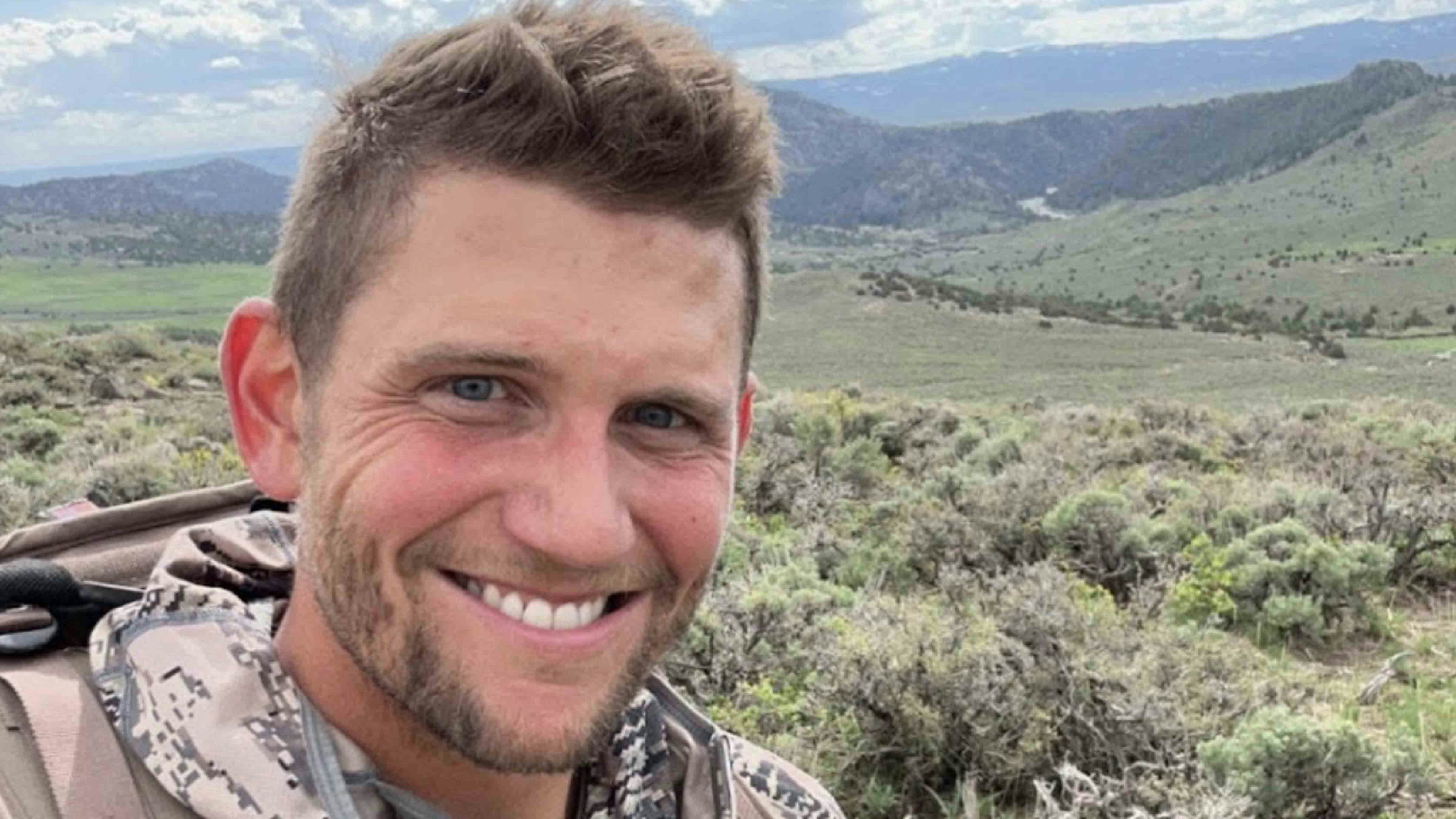Wyoming has long been a leader in cloud seeding, using silver iodide to coax moisture from the sky in the hopes of boosting snowpack and streamflow in the Colorado River Basin.
But as new environmental and wildlife warning signs emerge, it’s time we seriously question whether decades of tampering with weather are causing more harm than good.
The science behind cloud seeding has always been shaky.
Reports, including multiple from Wyoming’s own pilot programs, show inconclusive results — sometimes a slight increase in snowfall, other times no measurable impact at all.
Yet, we’ve continued year after year to release silver iodide into our skies, assuming it’s safe.
But what if it’s not?
Consider the troubling developments around the Whiskey Mountain bighorn sheep herd, one of Wyoming’s most iconic species.
Once robust, with population estimates of 2,000 animals, today’s estimates are around 500, maybe less.
This herd has for years been suffering from alarmingly low birth rates and repeated pneumonia outbreaks.
While habitat loss may play a role, we cannot ignore the fact that these sheep live in one of the most heavily cloud-seeded regions in the state.
Could the accumulation of silver iodide in the soil and water — known to harm both wildlife and immune systems—be a contributing factor?
Scientists, to my knowledge, have not yet studied it, so can we rule it out? That uncertainty alone should be enough to raise red flags.
Then there’s the accelerating melt of Wyoming’s glaciers, particularly in the Wind River Range. These glaciers are critical to our watersheds, feeding rivers that supply both ecosystems and communities.
Yet they’re melting faster than expected, feeding our rivers too early in the season and increasing long-term drought risk.
Could repeated cloud seeding — altering when and how moisture falls — be disrupting natural precipitation patterns and snowpack timing, contributing to the imbalance? Again, we don’t know. But we also haven’t seriously looked.
And this brings up a larger, often-ignored issue: cloud seeding doesn’t create water — it moves it. By triggering precipitation in one place, you may be robbing it from another.
Moisture that would have fallen naturally in one place may now fall unnaturally in another place — or vice versa. It raises real questions about fairness and ethics in managing shared water resources like the Colorado River.
Who gets to decide which clouds are harvested, and for whose benefit? And more importantly, what are the long-term political consequences of tampering with something as sensitive as regional water supply?
Even more problematic is this: there’s no baseline to compare against.
We don’t know what Mother Nature would have done without our interference, making it nearly impossible to prove whether cloud seeding “worked” or just claimed credit for a storm that was going to happen anyway.
After decades of trying, if we still can’t tell the difference between seeded and natural weather, maybe that says everything we need to know.
Wyomingites care deeply about their land, water, and wildlife. We’re not a state that backs down from hard questions.
So why are we tolerating a program that, after decades, still offers no proof of long-term benefits but carries growing evidence of environmental risks?
It’s important to note that silver iodide is a toxic substance. It’s classified as hazardous under the Clean Water Act. It bioaccumulates in water and soil.
And while cloud seeding releases small amounts, those amounts add up — especially when the same areas are seeded winter after winter.
We know this chemical can damage fish, plants, and respiratory systems. Why wouldn’t it affect bighorn sheep? glaciers? or us?
There is no real oversight or accountability for these programs. Cloud seeding often continues with little public awareness, limited legislative scrutiny, and minimal environmental review.
That alone should concern every taxpayer and rancher who depends on the integrity of Wyoming’s land and water.
Instead of banking on weather manipulation, let’s put our resources into smarter water conservation, local watershed protection, modernized irrigation, a robust timber/logging operation and supporting wildlife recovery programs.
And let’s do what’s right for Wyoming — stop putting silver in the sky and start protecting what’s on the ground.
Isn’t it time we find a real long-term solution for the Colorado River Basin water crisis — rather than doing something year after year with no proven results, just for the sake of doing something?





